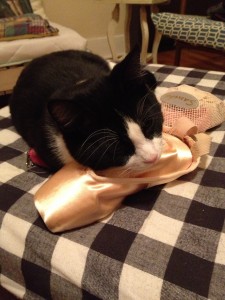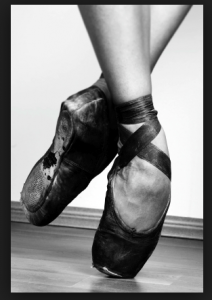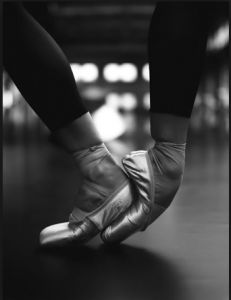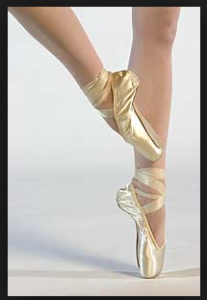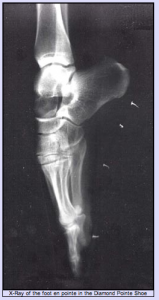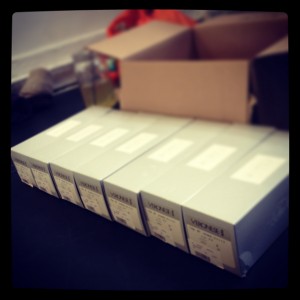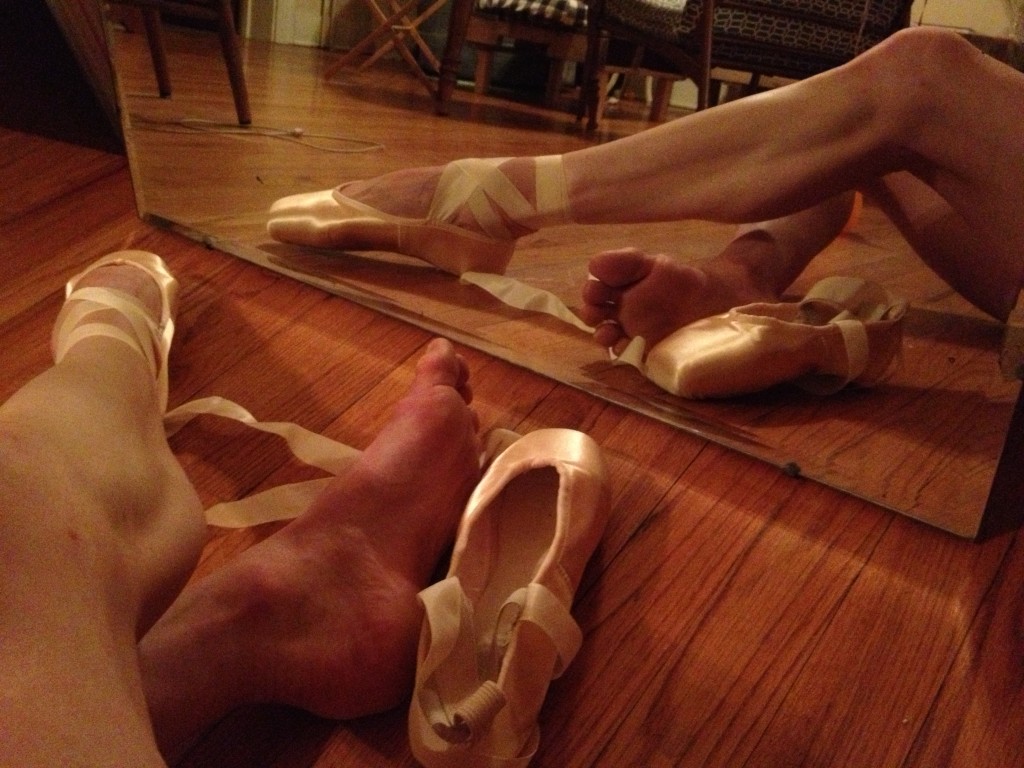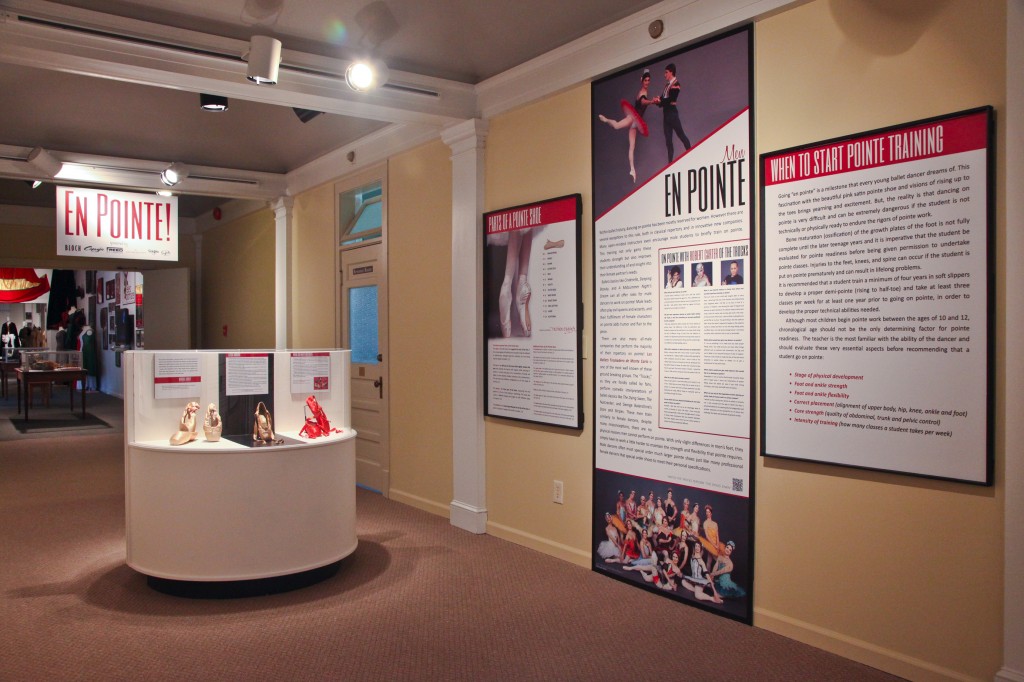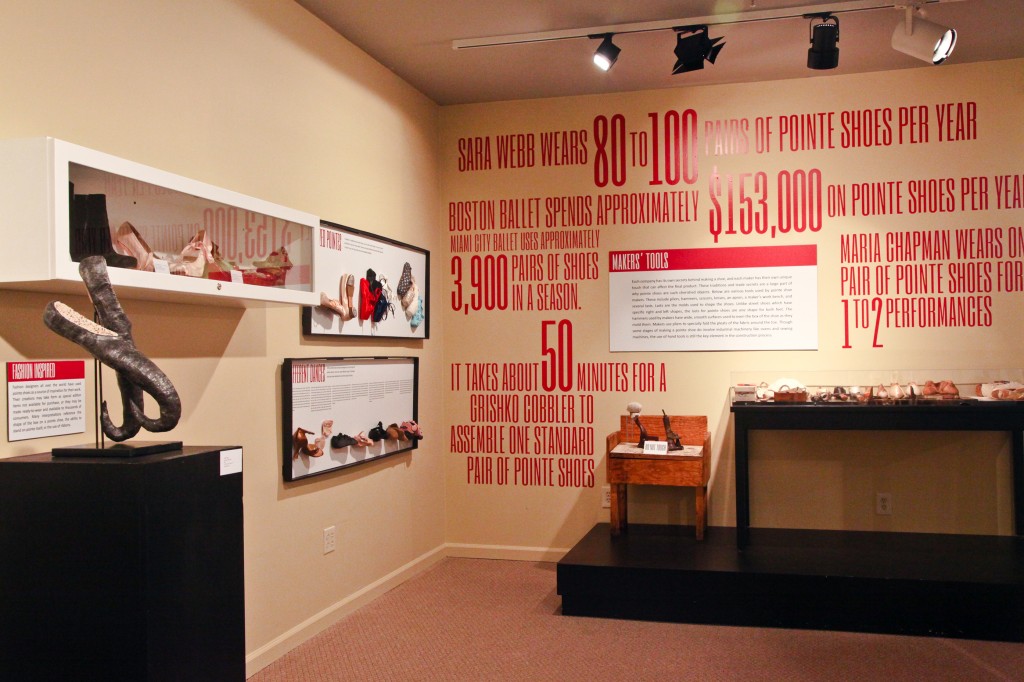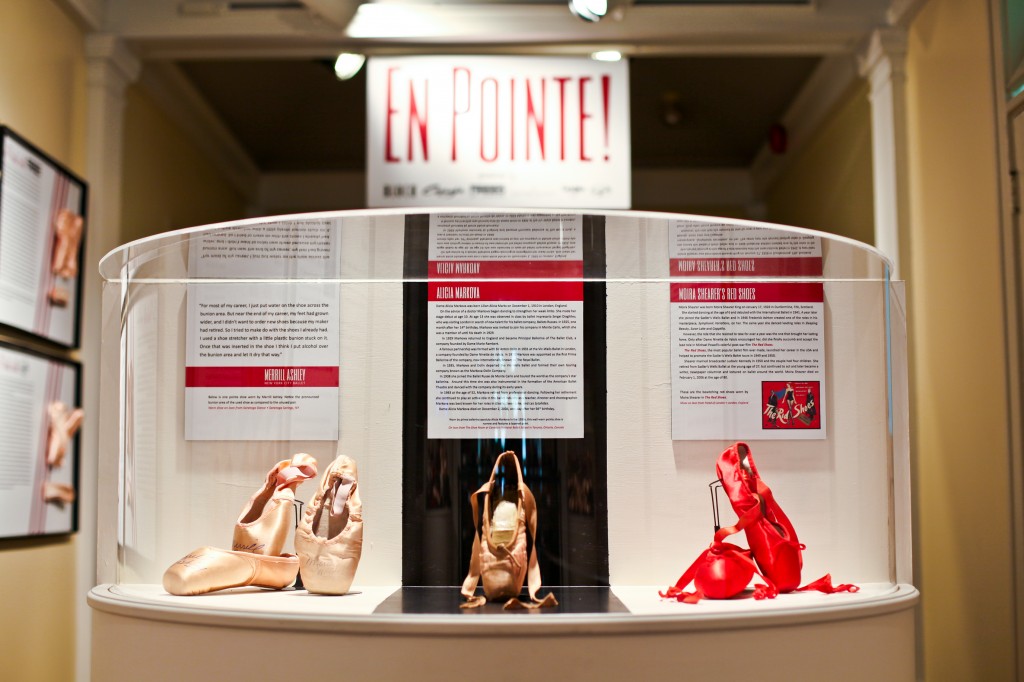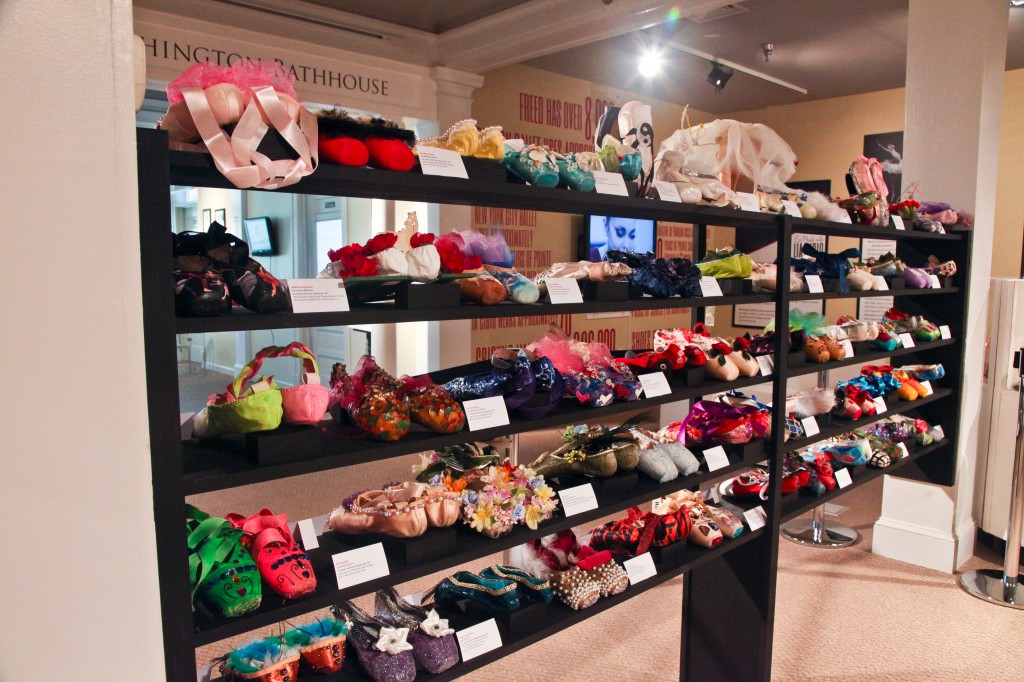
I’m so pleased to introduce this month’s guest contributor, Selina Shah, MD, a dance and sports medicine physician based in San Francisco, where she is Director of Dance Medicine at the Center for Sports Medicine. A dancer herself, Dr. Shah is the company physician for the San Francisco Ballet School, Liss Fain Dance Company, and Diablo Ballet, among others. Her article discusses the different factors that determine when a student dancer should begin pointe work.
We are grateful to her for sharing her expertise on this topic —pass it on!
– Jan Dunn MS, Editor, Dance Wellness
by Selina Shah, MD, FACP
If you are anything like me, you are captivated by ballet. You love its grace and its gravity-defying, gentle power. You dream of performing as a prima ballerina. In the years of work it will require to get there, perhaps the single most important milestone you will face is when to go en pointe.
Dancing en pointe is an advanced stage of ballet that requires unique skills. The challenge is to place almost all of your weight on the extreme tips of your toes, yet appear as light as a feather. In fact, no matter how long all of your toes are, research has shown that most of your body weight is carried on the tip of your big toe. It may sound very hard, but in truth, it’s even harder!
How Will I Know When I Can Get Pointe Shoes?
 Most likely, your teacher will decide when you are ready to go en pointe. Many factors are involved in this decision. One common myth is that there is a mandatory age requirement of 11 or 12. In actuality, having adequate training rather than age is what matters. Usually, this means at least several years of consistent, high-quality training. Often girls are around age 11 or 12 before this happens, but some girls may be ready sooner, some later, and some not at all. Keep in mind the quality of work is more important than quantity.
Most likely, your teacher will decide when you are ready to go en pointe. Many factors are involved in this decision. One common myth is that there is a mandatory age requirement of 11 or 12. In actuality, having adequate training rather than age is what matters. Usually, this means at least several years of consistent, high-quality training. Often girls are around age 11 or 12 before this happens, but some girls may be ready sooner, some later, and some not at all. Keep in mind the quality of work is more important than quantity.
You need enough flexibility in your foot to rise fully to pointe. One way to test this is to point your foot while sitting down with your legs extended in front of you. Next, place a pencil on top of the ankle and it should be able to lay flat from the tibia to the foot across the ankle joint.
You need physical and technical skills, such as strength, balance, alignment and control. For example, you should be able to hold passé on each leg with arms in high fifth for at least a few seconds. You should also be able to perform a clean pirouette with a smooth landing.
You also need to be able to continuously accept and apply teacher feedback.
Last but not least, you must consistently maintain your discipline and focus to keep your skills sharp and reduce the likelihood of injury.
Barre is where you form the crucial foundational skills on which pointe, and all other ballet movements are built. Listen to your teachers when they give you corrections and apply them until they become second nature. For instance, “working the floor with your feet” in tendus helps build your foot strength, which is essential for pointe. Working diligently on your turnout (and not cheating!) results in proper alignment. Use your core strength (ask your teacher how to do this correctly) to help you with balance and control. Apply these skills in the center and across the floor.
Various Foot Types

Knowing your foot type is important when you look for pointe shoes. Most people fall into one of three categories.
- The “Giselle” or peasant foot shape is one where the first three toes are of equal length, making this ideal for pointe because the big toe gets assistance from the other two toes in carrying the weight.
- The “Morton’s” or “Grecian” foot, in which the second toe is the longest, is more prone to developing callouses, pain, and stiffness in the big toe. Most of the body weight is still carried by the big toe in the Morton’s foot.
- A narrow “Egyptian” foot, in which the toes taper in length from the big toe which is the longest, usually requires a cap on the second toe so that it can assist the big toe with weight bearing.
Finding The Right Pointe Shoe
Pointe shoe fitting is complicated because of the variability in shape, size, strength, and flexibility of each dancer’s feet. Most dance stores will have specialized pointe shoe fitters on staff. Your first visit to the store will take some time as you try on a number of shoes until you find the one that feels good and fits properly. As you gain experience in pointe, you will likely change shoes.
With hard work and dedication, one day you may be fortunate enough to hear the words “You are ready for pointe!”

Selina Shah, MD, FACP is a board certified sports medicine and internal medicine physician and the Director of Dance Medicine at the Center for Sports Medicine in San Francisco, CA and Walnut Creek, CA. She has lectured nationally and internationally on various dance medicine topics and has published papers in medical journals and books including her original research on dance injuries in contemporary professional dancers. She is the dance company physician for the San Francisco Ballet School, Liss Fain Dance Company and Diablo Ballet. She is a physician for Berkeley Repertory Theater, Mill’s College, St. Mary’s College, and Northgate High School. She takes care of the performers for Cirque du Soleil and various Broadway productions when they come to the San Francisco Bay Area. She has taken care of several Broadway performers (i.e. American Idiot, South Pacific, Lion King, Book of Mormon, MoTown, and Billy Elliot). She is a team physician for USA Synchronized Swimming, USA Weightlifting, USA Figure Skating and travels with the athletes internationally and nationally. She is also a member of the USA Gymnastics Referral Network. As a former professional Bollywood and salsa dancer, Dr. Shah is passionate about caring for dancers. She continues taking ballet classes weekly and also enjoys running, yoga, Pilates, weightlifting, and plyometric exercise.









